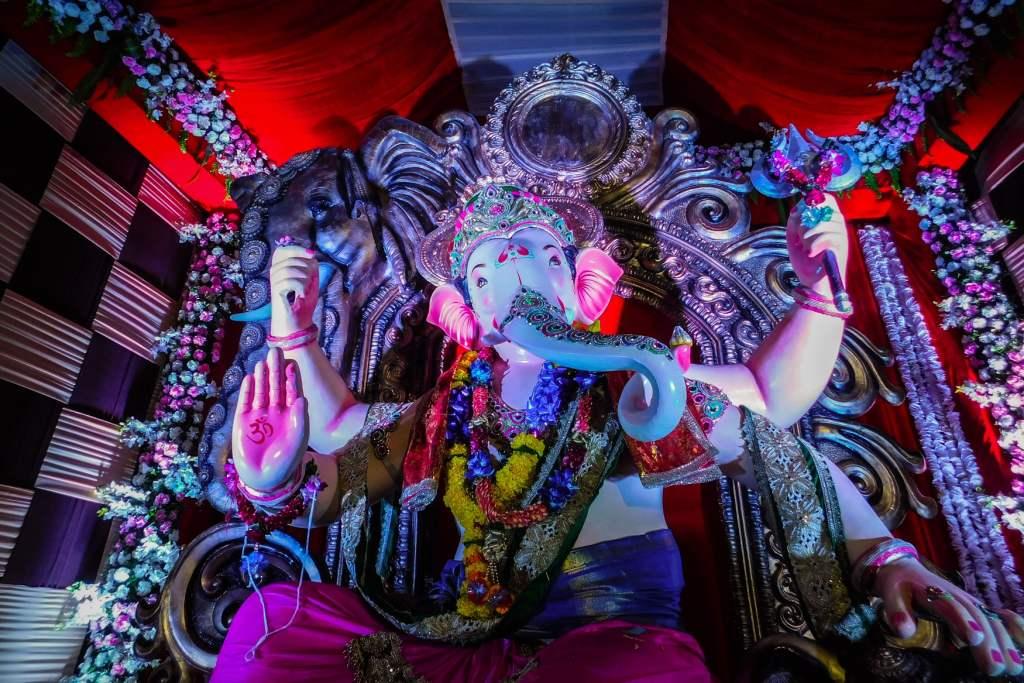Culture and Tradition of Sikkim

Sikkim is a beautiful and unique state in India that is home to many different religions, customs, and traditions. In the past, Sikkim was inhabited by three main tribes: the Naong, the Chang, and
the Mon. However, over time, people from other countries and cultures began to move into Sikkim, including the Lepchas (a clan of Nagas from Tibet), the Bhutias (descendants of Buddhists from Tibet),
and the Nepalese (descendants of Hindus from Nepal). Nowadays, these three groups make up a large portion of Sikkim's population.
The mountains, rivers, and forests of Sikkim are the spirit of Nature. The locals consider them to be ***. One of the festivals they celebrate is Phang Labsol, where they offer gratitude to Mount
Kanchendzonga. This mountain is considered to be a powerful guard of the state. Desian is another festival celebrated in Sikkim. It occurs in the month of September or October and symbolizes the
victory of good over evil. This festival is similar to the Hindu festival Dussehra and Diwali, which is also celebrated 10 days after Dasian. Another significant event in Sikkim is the Kagyat dance,
which is performed every 28th or 29th day of the Tibetan calendar.
The food of the Sikkim people is a reflection of the state's culture, which is a mix of India, Nepal, Bhutan, and Tibet. Sikkim food consists mostly of noodles, Gundruk and Sinki soups, thukpas,
tomato achar pickle, traditional cottage cheese, fermented soybean, Bamboo shoot, fermented rice product and other fermented dishes. Rice is the staple food of the state. Momos, also known as
dumplings and wantons, are favorites among the Sikkimese people as well as tourists. When it comes to non-vegetarian food, they prefer fish, beef, and pork.